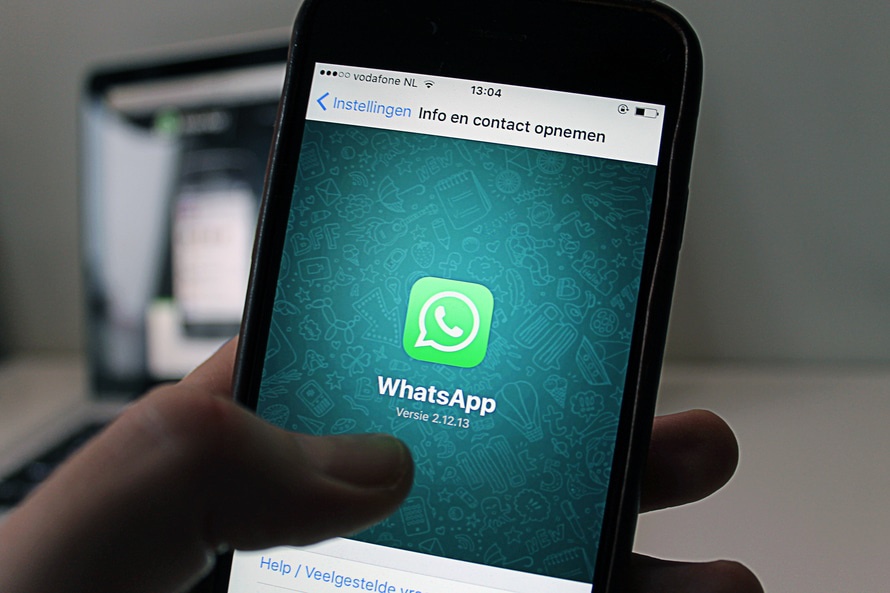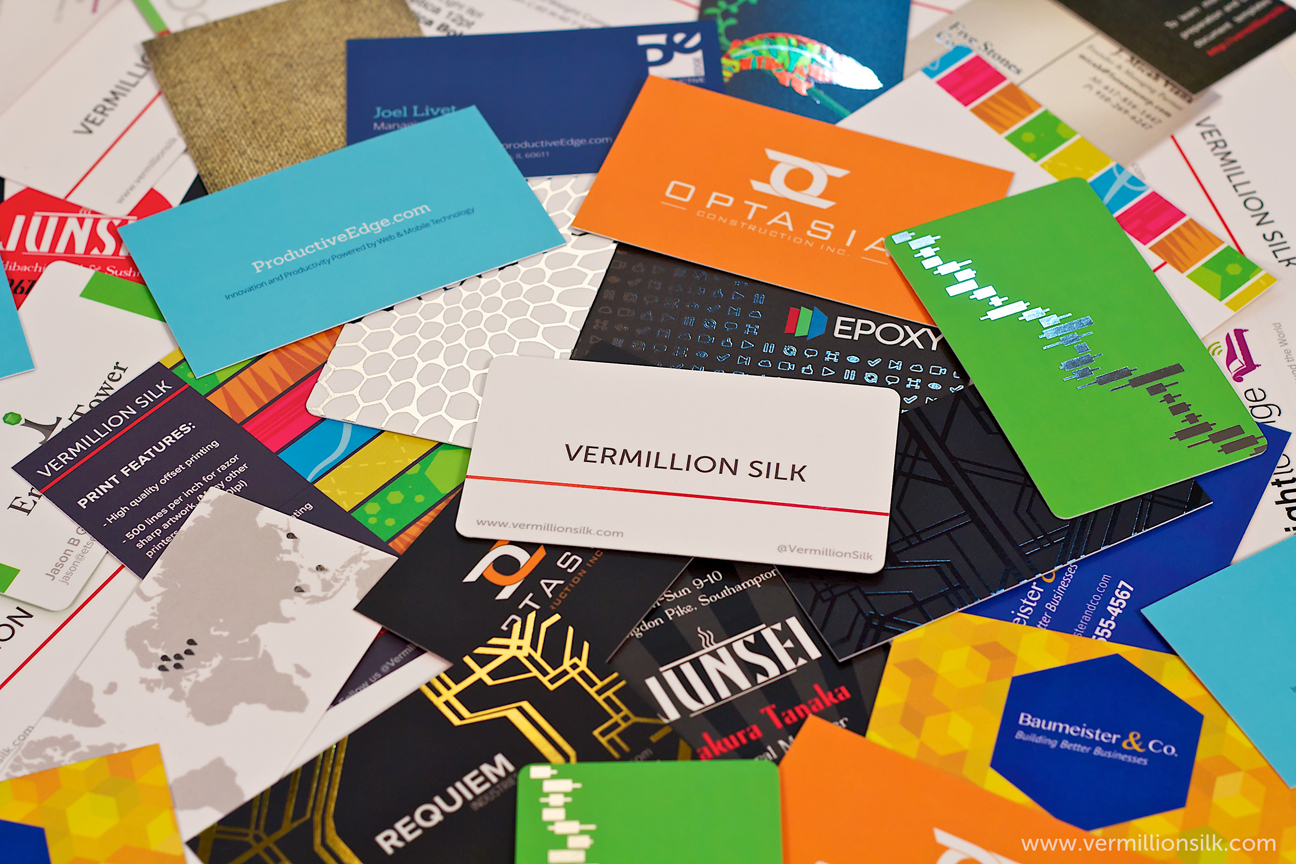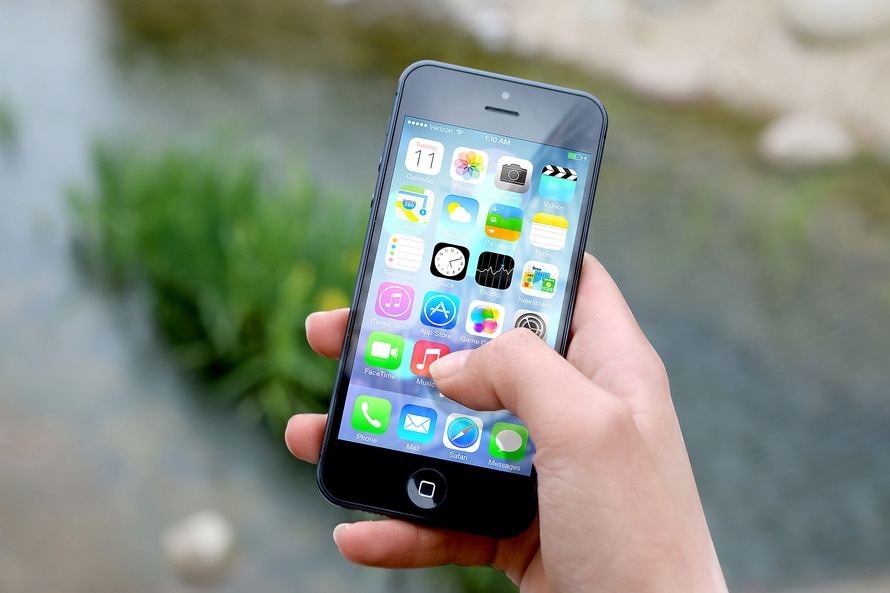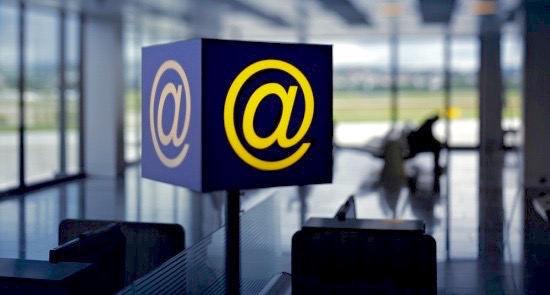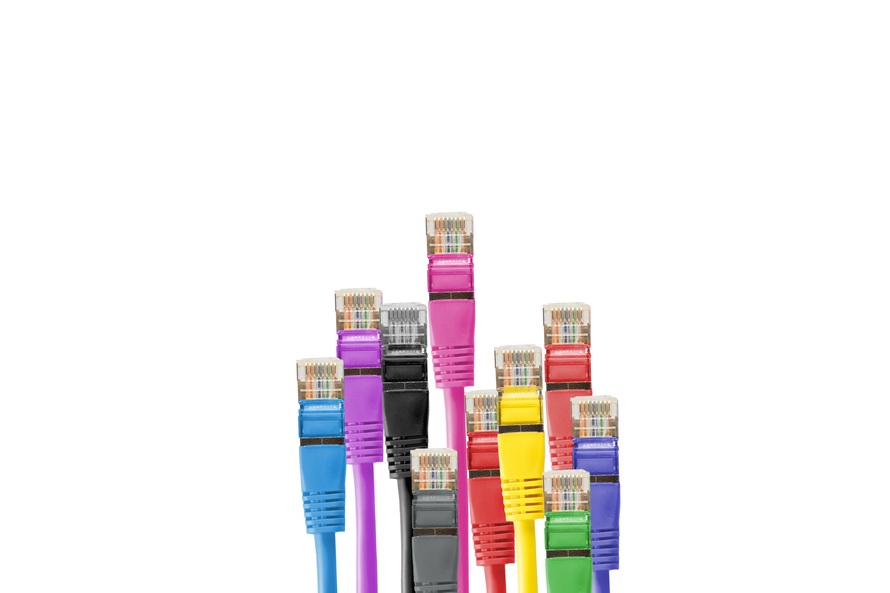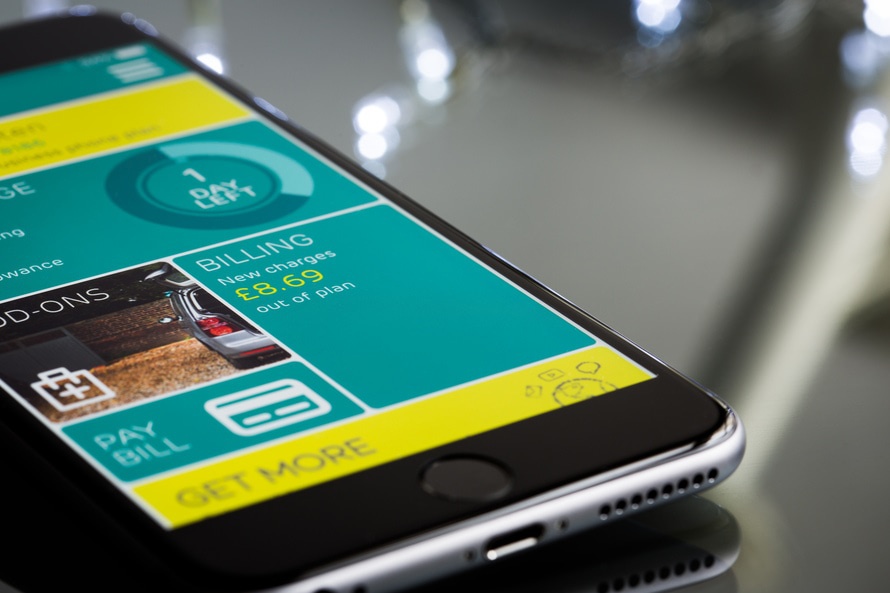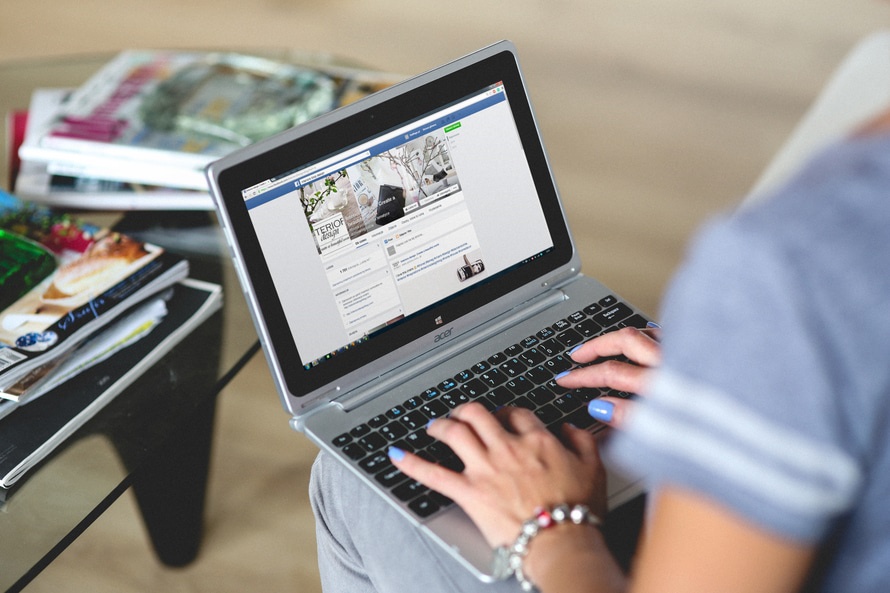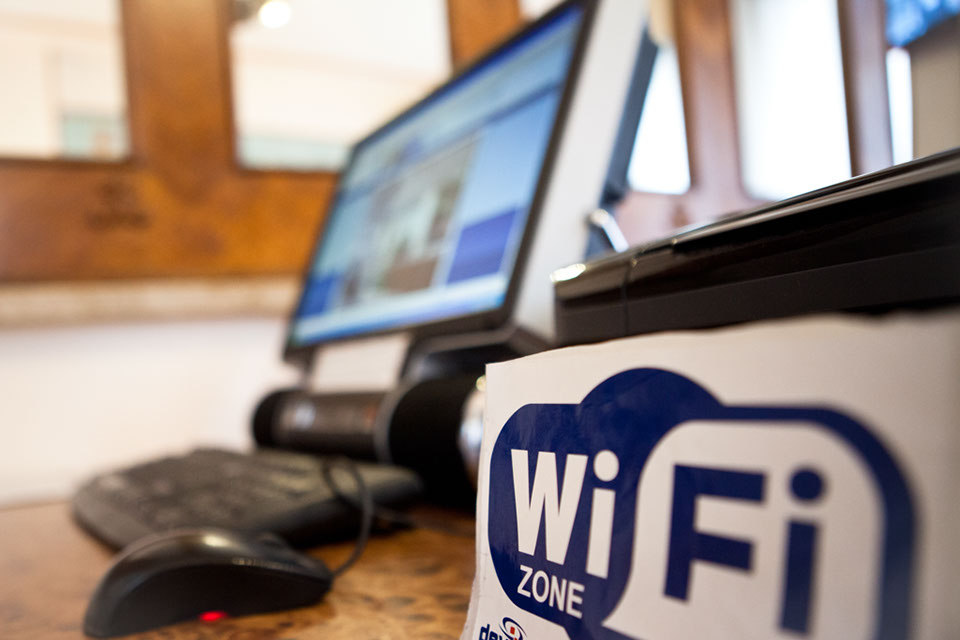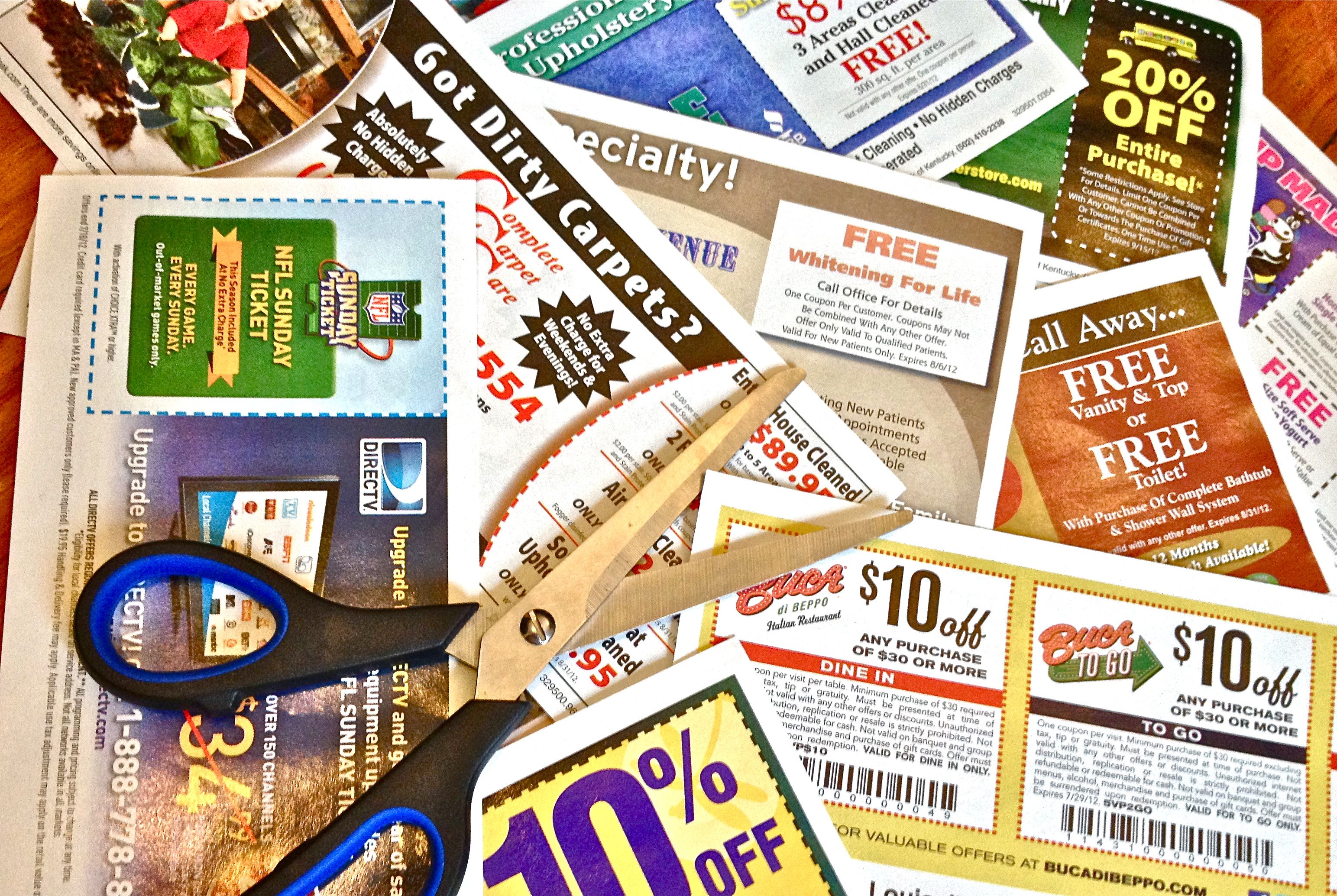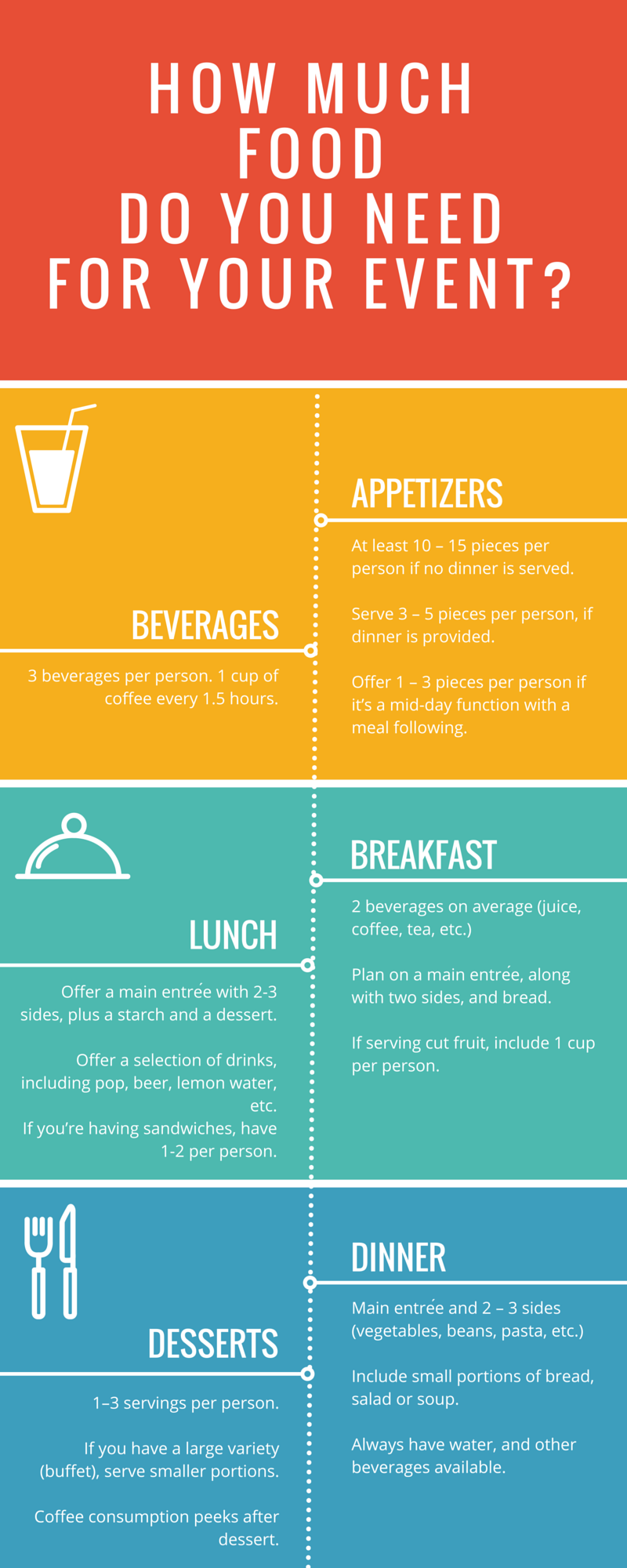As an entrepreneur, you should always be trying to expand your network. You never know whom you’ll be able to connect with and where that connection will lead. As relationships become more and more essential to business, successful entrepreneurs need to be at the forefront, doing what they can to grow their networks.
Certainly, the very thought of “networking” may leave a bad taste in our mouths, as many of us don’t know where to start or even why we should even be networking in the first place. Yet networking should stem from your desires and needs.
Networking with no goals in mind is like starting a business without an exit strategy. Below are three essential reasons to connect with others:
1. Network based on products you like
Have you ever admired a company so much that you wanted to know the founder? Think Yvon Chouinard of Patagonia or Will Caldwell of Dizzle. In today’s digital world, you may actually be able to connect with these founders if you reach out in the right way.
2. Network for future goals

Networking can be a means to move toward your future endeavors. If you’ve ever wanted to start a company in a different industry, it’s crucial to first understand how that industry operates. You can always join a LinkedIn or Facebook group that covers your interests, but that won’t be as inclusive for you as attending an actual event.
3. Network through your industry

Almost every industry has events encompassing topics specifically relative to your market. Attending these conventions can be a plus for expanding your business, as people like to work with familiar faces. Once you establish yourself as a regular attendee, you may see your business blossom in that industry.
To make networking easier, then, find a reason to connect with someone before starting the conversation. This goal-setting attitude will add purpose to the events you attend and the people you meet. Though many relationships may never directly benefit you, you never know whom you can help through your network and how that person you helped may be of assistance to you.
Entrepreneurship is becoming more relationship-focused, and networking should be a central tool you utilize to move your startup forward.

